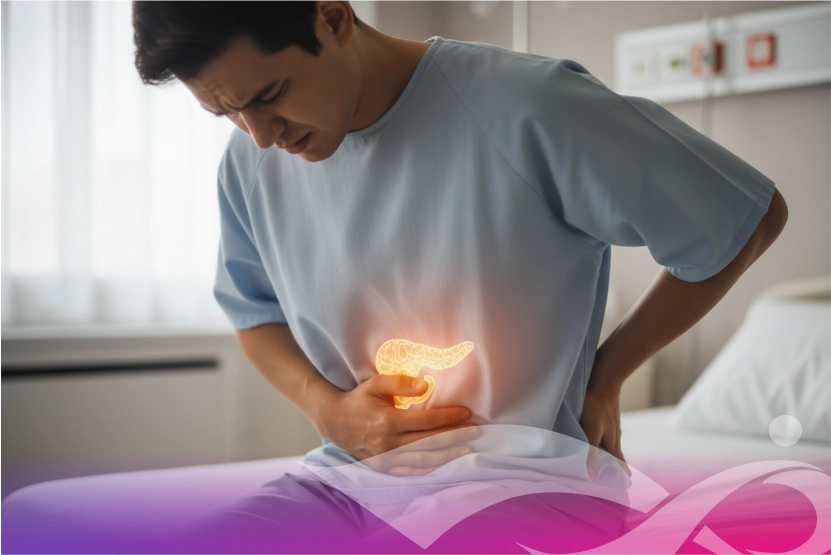During adolescence, people grow and develop quickly. This time is often marked by bursts of energy and physical activity. But this is also a very important time for some rare but deadly cancers to show up, like osteosarcoma. Osteosarcoma is the most common type of bone cancer, and it mostly affects kids and teens. Because its initial signs can be easily mistaken for sports injuries, growing pains, or normal adolescent aches, recognizing the specific Osteosarcoma symptoms in teenagers is crucial for timely diagnosis and effective treatment.
Osteosarcoma: symptoms to look out for
The hallmark symptom of osteosarcoma is bone pain. This pain is often long-lasting and can get worse over time, especially at night or when you move around. Unlike muscle pain from working out, this pain usually doesn't go away with rest or over-the-counter pain relievers. It is most often found in the long bones of the arms or legs, especially around the knee (thigh or shin bone) or the upper arm close to the shoulder. It may only affect one bone. Teenagers might say they have pain that keeps them up at night or pain that bothers them even when they're not working out.
Another important symptom to look out for is swelling or a noticeable lump in the affected area. At first, this swelling may not hurt when you touch it, but as the tumour grows, it may start to hurt. Unlike soft tissue swelling from an injury, it is often hard and stays the same. A limp may happen sometimes if the leg bone is hurt, or a joint near the tumour may not be able to move as much. There are also times when fractures happen for no reason. A fall or injury that doesn't seem like a big deal could break a bone that normally wouldn't break in those conditions because osteosarcoma weakens the bone. Fatigue, fever, or unexplained weight loss are not common systemic symptoms of osteosarcoma, but they can happen, especially in later stages.
Recognizing Persistent Bone Pain in Teens
To tell the difference between these symptoms and normal teenage problems, parents and doctors need to be very suspicious. If you have pain that doesn't go away with normal injury care, gets worse over time, or is accompanied by swelling, you should think about a bone tumour. While the Ewing sarcoma survival rate in children and adolescents has improved significantly with advancements in treatment, mirroring the progress seen in osteosarcoma, early diagnosis remains the most critical factor for both. The earlier these cancers are found, the more localized they tend to be, which means that treatment is less extensive and more effective.
Therefore, the importance of regular cancer screenings extends beyond standard adult check-ups; it also encompasses a keen awareness of unusual or persistent symptoms in younger populations. Teenagers who have bone pain that doesn't go away or gets worse should see a doctor right away, especially if it comes with swelling or a lump. The only way to get an accurate diagnosis and make sure that treatment can start right away if it is osteosarcoma is to have a medical evaluation that includes X-rays, MRI scans, or a biopsy. This is true even if it turns out to be something harmless. Our specialized pediatric oncology team at IOCI is dedicated to providing thorough care and expert diagnosis for rare cancers that affect teens. This gives young patients the best chance of recovery.
Consult us at any of our locations—across IOCI Noida, Greater Noida, Mumbai, Indore, Aurangabad, Agartala, Saharanpur, Kanpur and Jodhpur.












